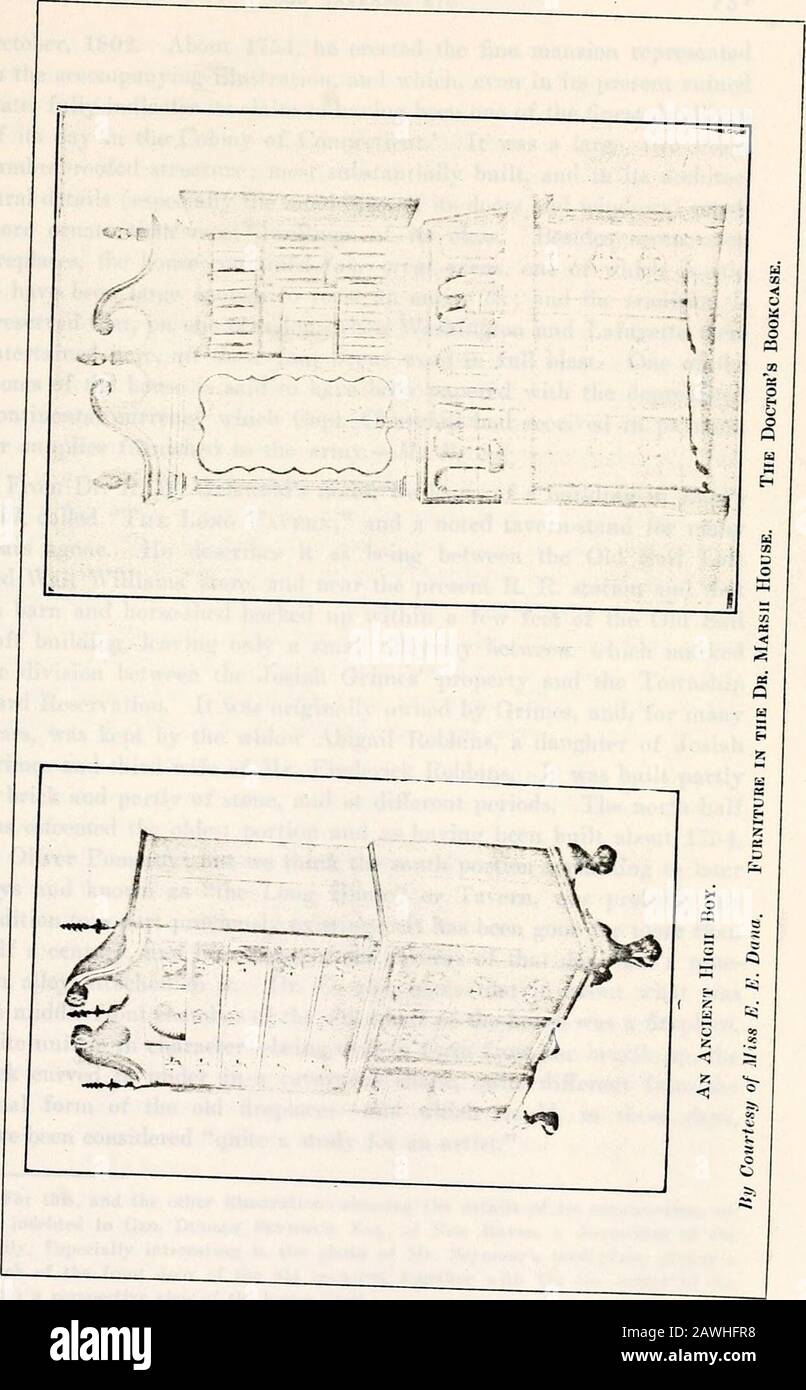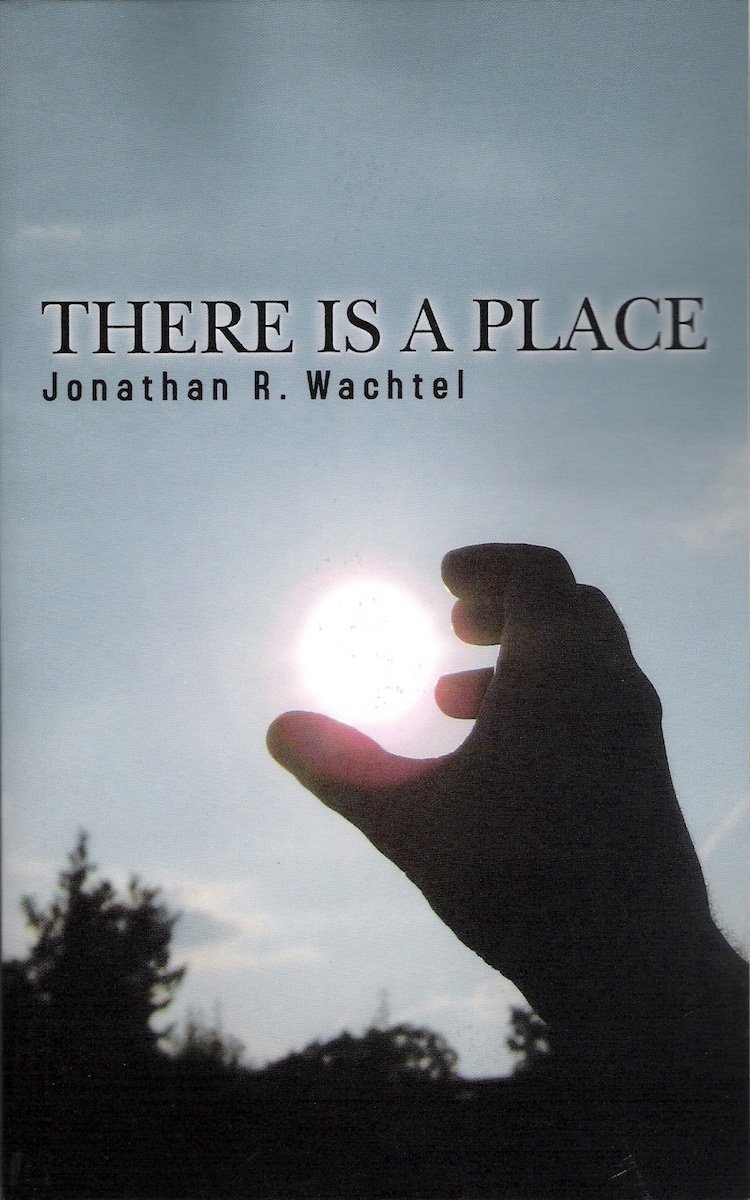Wethersfield Dating County In the majority of cases, it never appears spontaneously in one day but grows in the background of your relationship. City of Wethersfield, CT - HARTFORD County Connecticut ZIP Codes. Detailed information on every zip code in Wethersfield. Wethersfield Town Hall. 505 Silas Deane Highway Wethersfield, CT 06109 (860) 721-2800 Get Directions.
| Name | Wethersfield | |
| Alt names | Watertown (before 1637) | |
| Weathersfield | ||
| Type | Town | |
| Coordinates | 41.7°N 72.65°W | |
| Located in | Hartford, Connecticut, United States | |
- Cemetery
- Center Cemetery ( - 1843 )
- Newington Cemetery ( - 1871 )
- Wethersfield Village Cemetery
- Inhabited place
- Glastonbury ( - 1692 )
- Newington ( - 1871 )
- Rocky Hill ( - 1843 )
- Parish
- Newington ( - 1871 )

Research Tips
Wethersfield - settled 1634. First called Watertown. Renamed Wethersfield in 1637. - Ricker, 8.

- source: Getty Thesaurus of Geographic Names
- source: Family History Library Catalog
- the text in this section is copied from an article in Wikipedia
Wethersfield is a town in Hartford County, Connecticut, United States.[1] It is located immediately south of Hartford along the Connecticut River. Its population was 26,668 in the 2010 census.
Many records from colonial times spell the name 'Weathersfield' and 'Wythersfield', while Native Americans called it 'Pyquag'. 'Watertown' is a variant name.[1]
The town is primarily served by Interstate 91. The neighborhood known as Old Wethersfield is the state's largest historic district, spanning and 1,100 buildings, dating back to the 17th, 18th and 19th centuries.
History
- the text in this section is copied from an article in Wikipedia
Founded in 1634 by a Puritan settlement party of '10 Men' including John Oldham, Robert Seeley, Thomas Topping and Nathaniel Foote, Wethersfield is arguably the oldest town in Connecticut, depending on one's interpretation of when a remote settlement qualifies as a 'town'. Along with Windsor and Hartford, Wethersfield is represented by one of the three grapevines on the Flag of Connecticut, signifying the state's three oldest European settlements. The town took its name from Wethersfield, a village in the English county of Essex. The town was previously called 'Watertown' named after Watertown, Massachusetts until February 21, 1637 when it was incorporated as a town along with Windsor and Hartford.
During the Pequot War, on April 23, 1637, Wangunk chief Sequin, who had lived with the colonists in Wethersfield but had been forced out after a few years, attacked Wethersfield with Pequot help. They killed six men and three women, a number of cattle and horses, and took two young girls captive. They were daughters of Abraham Swain or William Swaine (sources vary) and were later ransomed by Dutch traders.
Four witch trials and three executions for witchcraft occurred in the town in the 17th century. Mary Johnson was convicted of witchcraft and executed in 1648, Joan and John Carrington in 1651. In 1669, landowner Katherine Harrison was convicted, and although her conviction was reversed, she was banished and her property seized by her neighbors.
From 1716 to 1718, Yale University was located in Wethersfield.
Silas Deane, commissioner to France during the American Revolutionary War, lived in the town. His house is now part of the Webb-Deane-Stevens Museum. In May 1781, at the Webb House on Main Street, General George Washington and French Lt. Gen. Rochambeau planned the Siege of Yorktown, which culminated in the independence of the then rebellious colonies.
Wethersfield Dating County Jobs
The Wethersfield Volunteer Fire Department was chartered by the Connecticut Legislature on May 12, 1803, making it the first formally chartered fire department in Connecticut, and is one of the oldest chartered volunteer fire department in continuous existence in the United States.[2]
Wethersfield was 'for a century at least, the centre of the onion trade in New England', during the late 1700s and early to middle 1800s. 'Outsiders dubbed the Connecticut village 'Oniontown,' with a crosshatch of affection and derision, for this was home of the world-famous Wethersfield red onion.'

In addition, the town was home to William G. Comstock, a well-known 19th century gardening expert and author of the era's most prominent gardening book, Order of Spring Work. In 1820, Comstock founded what would become Comstock, Ferre & Company, currently America's oldest continuously operating seed company, pioneering the commercial sale of sealed packets of seeds as he had learned from the Amish. Other nationally prominent seed companies in and around the town are the offspring of this agricultural past.[3]
A meteorite fell on Wethersfield on November 8, 1982. It was the second meteorite to fall in the town in the span of 11 years, and crashed through the roof of a house without injuring the occupants, as the first Wethersfield meteorite had also done. The 1971 meteorite was sold to the Smithsonian, and the 1982 meteorite was taken up as part of a collection at the Yale Peabody Museum.

| This page uses content from the English Wikipedia. The original content was at Wethersfield, Connecticut. The list of authors can be seen in the page history. As with WeRelate, the content of Wikipedia is available under the Creative Commons Attribution/Share-Alike License. |